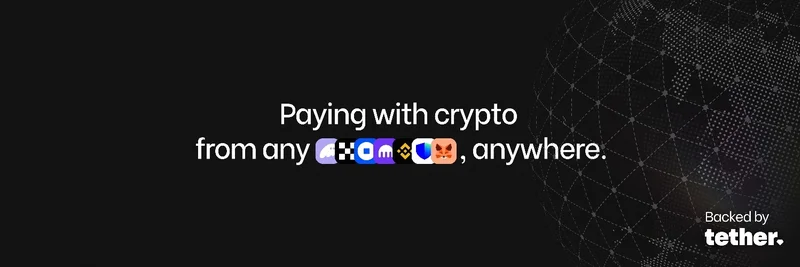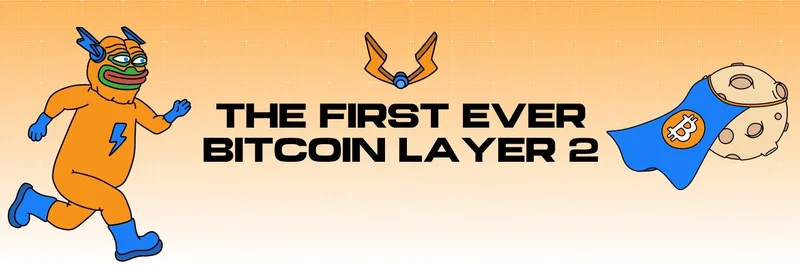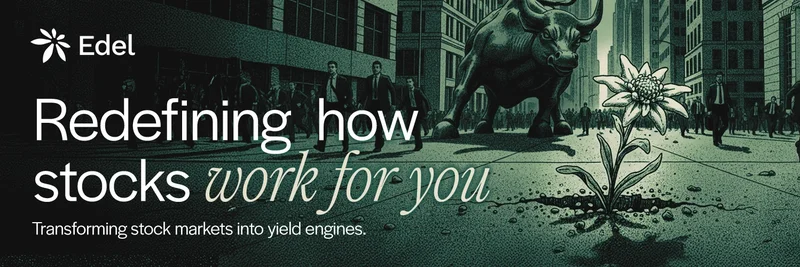In the ever-evolving world of cryptocurrency, few topics generate as much excitement as stablecoins—the digital assets pegged to stable fiat currencies like the US dollar. But lately, the conversation has shifted to something even more intriguing: stablechains. If you're scratching your head wondering what a stablechain is, you're not alone. These are specialized blockchain networks built specifically for stablecoin operations, promising lightning-fast transactions, rock-bottom fees, and seamless integration for everyday use.
Laura Shin, the renowned crypto journalist and host of the Unchained podcast, recently hosted a Twitter Space titled "Stablecoin and Stablechain Mania" (link to the Space). As a former Forbes editor with deep roots in the industry, Shin brought together experts to unpack this growing trend. The discussion highlighted how stablecoins have exploded in popularity, with market caps soaring into the hundreds of billions, and now stablechains are taking it to the next level.
Let's break it down simply. Stablecoins like Tether's USDT or Circle's USDC act as the "stable" bridge in the volatile crypto world. They let you trade without worrying about wild price swings. Now, imagine a blockchain designed from the ground up just for these assets. That's a stablechain. Take Stable, for example—a Layer 1 blockchain backed by Bitfinex and Tether. It uses USDT as its native gas token, meaning you pay fees in stablecoins instead of fluctuating native tokens. According to reports from The Block, this setup offers sub-second finality and full compatibility with Ethereum Virtual Machine (EVM), making it a game-changer for high-volume transactions.
Why the "mania"? Well, 2025 has seen a flurry of announcements. Banks, blockchain firms, and even a US state have jumped on the stablecoin bandwagon, as noted in CryptoPotato's coverage. Stablechains like the one from Stable project emphasize throughput of thousands of transactions per second with under one-second latency, thanks to custom consensus mechanisms like StableBFT. For businesses, features like dedicated blocks and batching mean reliable performance even under heavy load.
But how does this tie into meme tokens, the wild side of crypto that we at Meme Insider love to cover? Stablecoins are the lifeblood of meme trading. They provide liquidity pools on decentralized exchanges (DEXs) where memes thrive. With stablechains, we could see even more efficient trading environments. Imagine swapping your favorite dog-themed token for USDT on a chain optimized for stability—no more gas wars or delayed settlements during hype cycles. This could lower barriers for new meme projects, fostering more innovation and community-driven launches.
Participants in Shin's Space echoed this sentiment. Comments from listeners compared stablecoins and stablechains to "pumpkin spice of crypto"—ubiquitous and addictive. Others expressed skepticism, calling it a narrative to attract VC funding without real utility. Yet, with heavyweights like KuCoin Ventures, Hack VC, and Franklin Templeton investing in projects like Stablechain (OKX Learn), the momentum is undeniable.
As blockchain practitioners, keeping an eye on stablechains could enhance your toolkit. They might not have the viral appeal of memes, but they underpin the infrastructure that makes those memes possible. If you're diving into meme token strategies, understanding stablecoin ecosystems is key to navigating volatility.
For more on this, check out Laura Shin's Unchained podcast (Unchained Crypto), where she often dives deeper into such topics. Stay tuned to Meme Insider for how these developments play out in the meme world—we'll be watching closely.




